Tires are expensive to replace and repair, so effective tire storage is important. This guide will show you how to store tires to keep them from dry rotting or deteriorating.
Storing tires can be a frustrating task due to their size and the extra steps needed to keep them in good shape. However, you might not have a choice if you have a set of winter tires for your car. If you’re clueless of where to start, you’re not alone. Many of our storage customers don’t know how to store tires and come to use for advice.
It’s not uncommon to see tires stored outside without so much as a cover, but it’s likely these tires aren’t used on a road vehicle. If they are, their safety has been compromised in a major way. People also keep tires in garages that are exposed to big shifts in temperature. This solution is also not ideal.
Tires will degrade eventually, but there are things we can do to delay the process. Tires are sensitive to weather, sun, temperature, and time. The best way to store tires is in a dry, cool environment that will slow down the aging process. Keeping a fresh set of tires in the right conditions could add years to their life.
These tire storage tips will show you how to prevent dry rot and keep tires in excellent condition.
It’s important to remove any traces of asphalt, dirt, and brake dust from the tires before storing. However, not all soap and methods of cleaning are created equal. Products specifically marketed for cleaning tires might not be appropriate in this case. Check the label. Avoid cleaning products with petroleum and all tire dressings. These products can be corrosive if your tires will be out of service for a few months or more.

Some argue that UV rays are the biggest factor in tire aging. Direct sunlight can heat the rubber and cause premature deterioration. The UV rays penetrate the rubber, dry it out, and eventually breakdown the rubber compounds. The best way to keep tires from dry rotting is to limit sun exposure whenever possible.
Find a cool and dry environment to keep your tires. You want to locate a place where the temperature and humidity remain consistent throughout the duration. Dips or hikes in either of these can result in premature tire aging. Storing tires in a consistently warm environment is not good for the rubber, but it’s also not good to keep tires in freezing temperatures.
Dips or hikes in either of these can result in premature tire aging. Storing tires in a consistently warm environment is not good for the rubber, but it’s also not good to keep tires in freezing temperatures.
Aside from sunlight, the next leading tire deteriorator is oxygen. Some things in storage require airflow to breathe and stay in good condition. Tires, on the other hand, do better when they are vacuum sealed in plastic. An airtight space prevents oxygen from reaching the tires, slows down the oxidation process, and prevents the oil from evaporating and drying out the tires.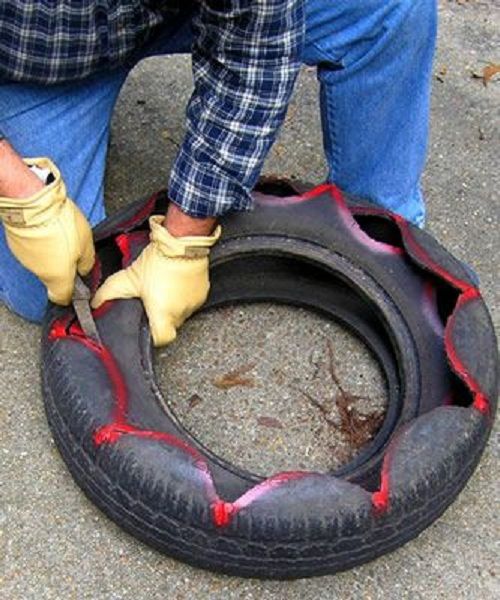 Remember to wrap each tire individually for the best results.
Remember to wrap each tire individually for the best results.
Once you have a storage location, it’s important to store tires correctly. Stacking tires or hanging them can cause deformities if they aren’t moved around every so often. However, sometimes you might be forced to stack tires horizontally due to space constraints. If possible, consider the following suggestions for how to store tires.
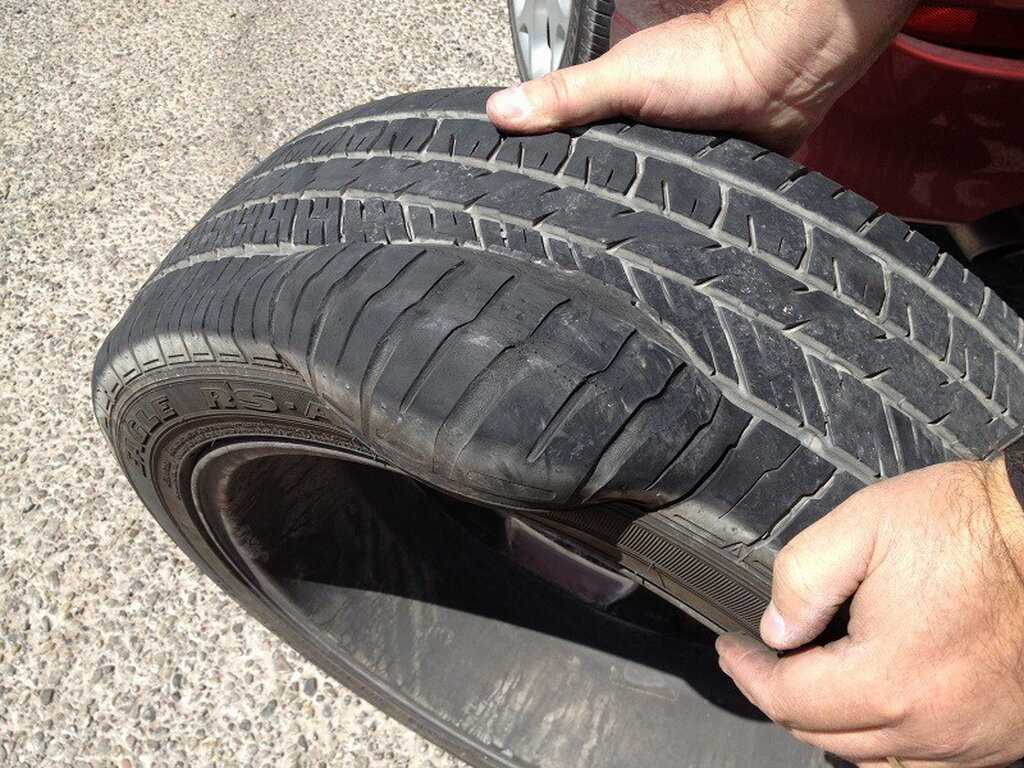
If you are storing a car for more than a couple months, consider removing the tires from the car completely. Leaving the tires on the car can cause flat spotting. If you can’t remove the tires, at the very least be sure to take the car for a ride every few months so that the tires get some use. Tires do best in service because movement keeps oil evenly distributed in the rubber, which helps prevent it from drying out.
Tires can last for several years in storage if they are stored in the right conditions. However, many tire experts recommend replacing tires six years after their production date regardless of the tread. Old tires can be compromised in other ways when the rubber compound breaks down.
To give you another perspective, it’s like the difference between a brand new rubber band and one that’s been sitting in your desk for years. When you take your tires out of storage, make sure you look for signs of wear and check the date. If you are unfamiliar with what dry rot or crazing looks like, have a tire professional give your tires a once over.
We hope this tire storage guide taught you how to store tires with care. Make sure you keep yourself safe by following all the manufacturer recommendations and have your tires serviced at appropriate intervals.
Lauren Thomann has written about self storage and moving since 2015, making her our storage expert. She earned a Bachelor’s degree in English and Linguistics and has published over 150 articles on moving, storage, and home organization. She is also a contributing writer at The Spruce and Martha Stewart.
She earned a Bachelor’s degree in English and Linguistics and has published over 150 articles on moving, storage, and home organization. She is also a contributing writer at The Spruce and Martha Stewart.
This article was contributed by Mike Skoropad, CEO of online tire retailer United Tires, offering high quality used tires and affordable pricing. Updated May, 2022.
Although it may seem like tires are unlikely to degrade when they are not in use, long-term storage of tires actually makes them more prone to certain types of damage. Tires are designed to be in motion regularly, meaning that being stationary can have negative effects on their long-term durability.
For example, if you’re wondering how to prevent dry rot in tires or how to prevent flat spots in tires, both problems can be avoided by taking the right precautions before long-term vehicle storage. This article explains how to prevent these common tire storage problems, and explores the best ways to prepare and store your wheels to prevent tire flat spots and dry rot.
Dry rot is when the rubber that makes up your tire dries out, becoming very hard and brittle. All tires develop dry rot to a certain extent over their lifetime, however, it becomes a problem when cracks start appearing in the sidewall of the tire as a result of its brittleness.
Tires are kept moist by oils and resins that are mixed in with the rubber during the manufacturing process. These oils and resins are only activated when a tire is in motion. Therefore, tires that are immobile for an extended period of time (such as stored tires) are more prone to developing dry rotting.
Other key contributors to dry rotting in tires are:
You should therefore try to avoid these when keeping your tires in storage.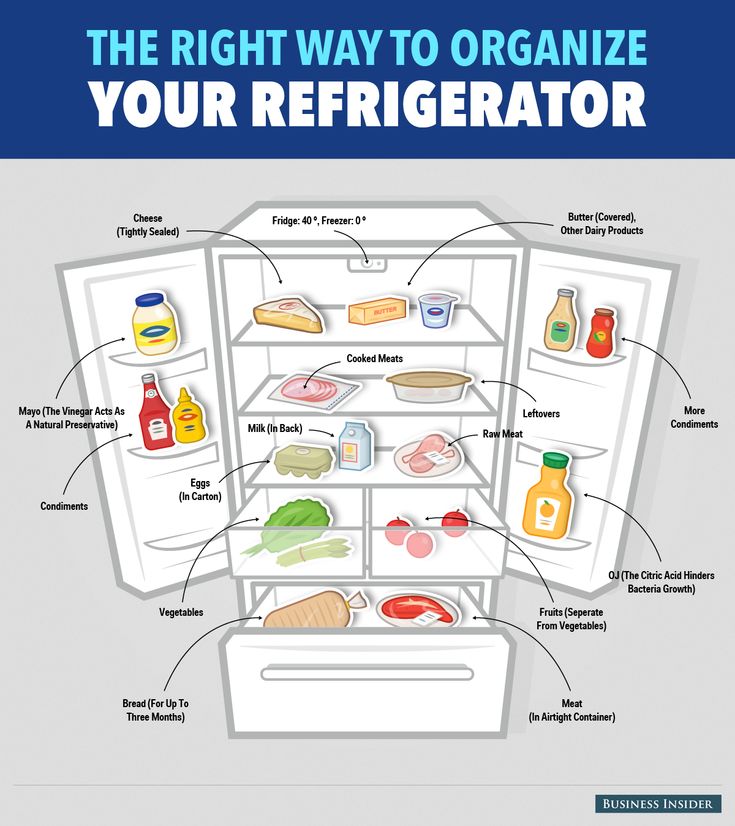 Here are some practical steps you can take to make sure that this is the case.
Here are some practical steps you can take to make sure that this is the case.
Frequent exposure to UV is one of the biggest contributors to dry rotting in tires. This is both because UV degrades the oils that keep tires moist, and because the heat from UV increases the evaporation of water from out of the rubber.
If you are storing your vehicle (or loose tires) in an indoor storage space that has no windows, then this alone will ensure that your tires are not exposed to UV. If, however, your vehicle could be in direct sunlight while in storage then it’s worth buying an opaque vehicle covering.
Car covers are not designed to cover the wheels and tires of your car as standard, so buy one that is a size or two too big to ensure that these are fully covered.
Muddy tires can develop dry rot faster than clean tires. This is because as the moisture in mud evaporates from the surface of the tire, it can strip away some of the oils and resins that help keep the tire moist.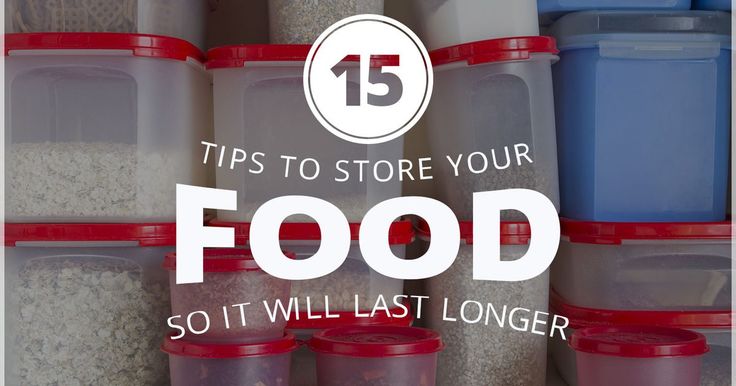 This is similar to how not drying your hands after you wash them can lead to chapped skin and hangnails around your fingers.
This is similar to how not drying your hands after you wash them can lead to chapped skin and hangnails around your fingers.
You should therefore clean your tires thoroughly before you put your vehicle into storage. The best way to do this is with warm water and a small amount of car shampoo or dishwashing liquid.
Do not use specialist tire cleaning products to clean your tires before they go into storage. These contain chemicals like petroleum that need to be “ridden out” of tires or otherwise they can dry tires out further.
Dry rotting can occur at a much faster rate if tires are kept at temperatures of over 68 degrees Fahrenheit (20 degrees Celsius). If you can find vehicle storage that is climate-controlled, then this can help reduce the likelihood of dry rotting occurring.
Similarly, excessively dry environments or environments that have rapid shifts in temperature (more than 10 degrees Celsius over the course of an hour or so) should also be avoided when deciding where to store your vehicle. Both dryness and rapid swings in temperature can speed up the evaporation process and therefore quicken the dry rotting of tires. If you don’t have the space to store your vehicles safely at home, an indoor vehicle storage unit could be the perfect solution to help prevent dry rot in tires.
Both dryness and rapid swings in temperature can speed up the evaporation process and therefore quicken the dry rotting of tires. If you don’t have the space to store your vehicles safely at home, an indoor vehicle storage unit could be the perfect solution to help prevent dry rot in tires.
Since exposure to oxygen can lead to dry rotting, it’s worth keeping any stored spare tires in bags. Ideally, these bags will be airtight, with vacuum-sealed bags being an excellent option for this. Even if you can’t get a hold of vacuum-sealed bags, storing spare tires in large, thick plastic bags, taped up with duct tape, can help reduce the rate of deterioration, including tire dry rot and tire flat spots.
A tire flat spot is when a portion of the tire that is in a prolonged period of contact with the ground becomes flat. Usually, flat spots on tires are just temporary, and driving on the tire should bring back its original shape. However, if a tire has been stationary for more than a couple of months, the tire flat spot could stay that way even after driving, and the tire may need to be repaired or replaced.
However, if a tire has been stationary for more than a couple of months, the tire flat spot could stay that way even after driving, and the tire may need to be repaired or replaced.
The best way to avoid flat spots on tires is to remove them from your vehicle if you plan to keep it in storage for more than two months. You can either keep your vehicle mounted on hydraulic jack stands while it is without tires, or you can buy cheap replacement tires (the cheapest come in at under $50 each just to keep on your vehicle while it is in storage).
If you cannot remove the tires from your vehicle, then we recommend that you move your car every two months to make sure that the same portion of the tire is not in contact with the ground for more than this time.
If you want to learn more about how to prevent flat spots on tires, or you simply want to store your vehicle in a way that ensures it stays in top quality condition, we have a variety of vehicle storage options available to you.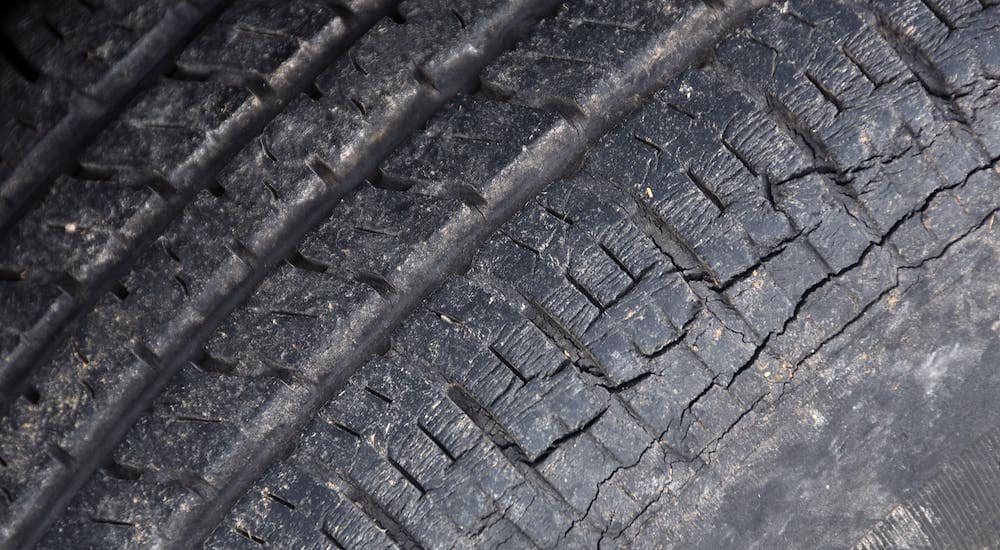 Questions? Call your nearest location to speak with a friendly, knowledgeable self storage expert who can help you make the right choice for preventing tire dry rot and flat spots on your prized vehicle.
Questions? Call your nearest location to speak with a friendly, knowledgeable self storage expert who can help you make the right choice for preventing tire dry rot and flat spots on your prized vehicle.
After tire brands began to leave Russia, motorists rushed to buy tires for future use. But it's one thing to snatch a set of some Bridgestone or Michelin in time, and quite another to keep it. It’s good when tires are taken instead of worn ones - nothing will happen to any wheels in 3-4 years of service. And if the old ones are quite for themselves, and the new ones are bought in reserve, and they lie idle for a long time ... This is where the question arises: how to properly store tires?
You won't believe it, but in Russia there is a whole research institute for storage problems! The people there are doing one thing: they are scientifically figuring out how to keep different things for as long as possible. Senior Researcher of the Institute Olga Magayumova used to deal with car tires. She told Komsomolskaya Pravda how to maximize the shelf life of the wheels.
Senior Researcher of the Institute Olga Magayumova used to deal with car tires. She told Komsomolskaya Pravda how to maximize the shelf life of the wheels.
— Tires spoil the so-called atmospheric aging. This is the general effect of ozone and oxygen from the air, solar radiation, heat, moisture, various oils. Over the years, tires release chemicals that give rubber elasticity. We smell it - new tires always smell. Aged tires become harder and less elastic, which worsens their properties,” Magayumova said.
Here's her advice to motorists:
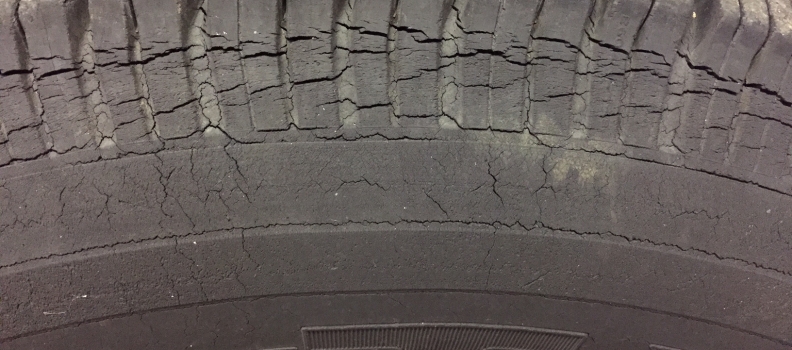 This way it will keep its shape.
This way it will keep its shape. 

If the wheels are bought not as a reserve for the future, but for permanent driving, then they do not need any special storage. Rubber will wear out faster than it will harden with age. In the off-season, it is enough to follow the basic rules described above.
Basically the same as winter tires. It is necessary to follow the basic advice of experts:
Together with an expert, we have prepared answers to the most frequently asked questions from readers about how to properly store tires.
Manufacturers almost never give a specific tire shelf life. A tire of any company will lie quietly for 2-3 years. Under the right conditions, rubber does not lose elasticity for 7-10 years. But much depends on the initial quality of the wheel. The better the chemical composition, the longer the shelf life.
— Before buying a tire, if it was released several years ago, you need to assess the external condition: are there any small cracks on it, has it lost elasticity and changed color (rubber becomes whitish with age), — Magayumova advised.
There are stories on the Internet that tire blackening sprays help protect rubber. Olga Magayumova assures that all these are marketing tricks.
Nothing keeps a tire better than dark, dry and cool. Yes, sometimes tires are coated with talc or silicone, but this is done only so that they do not stick together in the warehouse, the scientist explained.
It is possible and even necessary. Dark dense plastic reduces exposure to the atmosphere. In the sun, ozone is released from oxygen, which destroys the rubber composition. The package partially protects against this. In addition, in the package, the wheels dirty everything that is nearby less.
Experts advise keeping tires in storage away from several things:
· From direct sunlight - they accelerate the evaporation of rubber components, leading to tire tanning.
Keep wheels away from heat sources - uneven heat can change the geometry of the rubber.
· Keep tires away from chemicals, solvents, fuels, oils, paints, acids, disinfectants. All this chemistry can seriously harm rubber.
Horizontal stack only. So the discs rest on each other, preventing the rubber from deforming. If the wheels are held vertically, then the tires under their own weight begin to lose their correct geometry.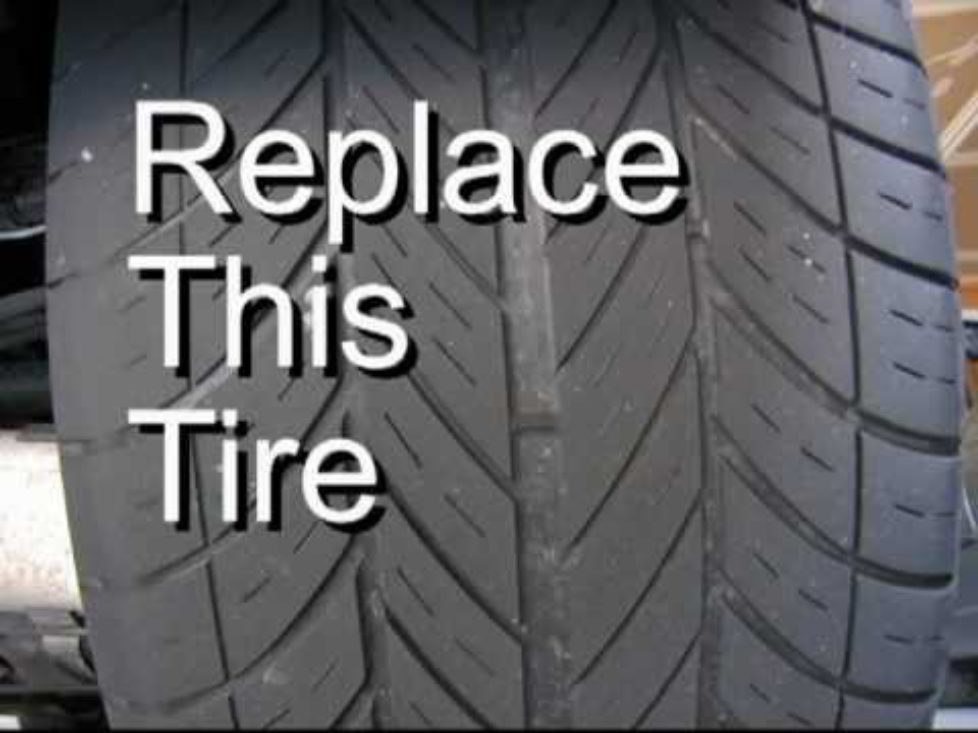
Many drivers who have the right conditions prefer to store their tires in their own basement or garage. Both options have their advantages and disadvantages, but you should always remember that proper storage is the key to maintaining the quality and condition of your tires and rims so that they last for years to come.

You can store tires without rims or whole wheels (tyres with rims).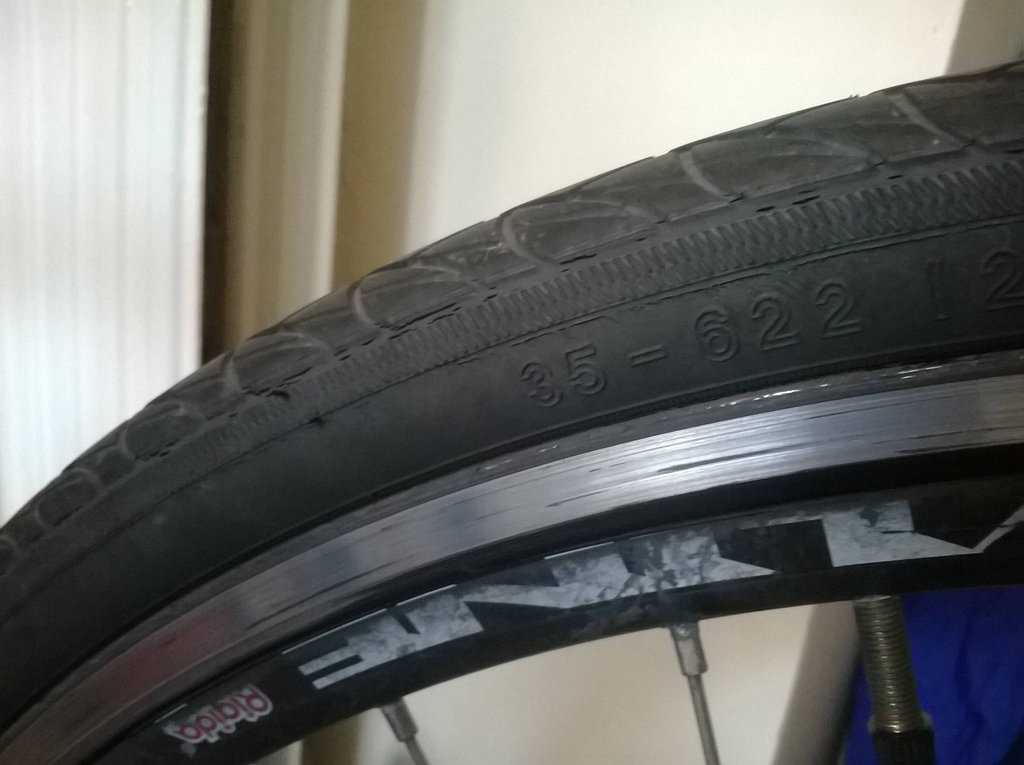 Keep in mind, however, that there is a difference when it comes to the conditions under which you should store the two options.
Keep in mind, however, that there is a difference when it comes to the conditions under which you should store the two options.
Tires without rims should be stored upright with their treads on and repositioned from time to time, preferably at least once a month. You can for example rotate them by 90 degrees.
© shutterstockAnother good idea is to place the tires on a stand so that they are a few centimeters above the ground. In addition, you can also hang them from the ceiling, which will save you space on the floor.
Note : Tires must not be hung from hooks as this may cause them to deform and thus become unusable.
Complete wheels (with rims) must be stacked one above the other. You can place a piece of cardboard or fibreboard on the ground to protect the bottom of the tire from rubbing against the floor, which may not always be smooth or clean. Additional pieces of cardboard can also be inserted between the individual wheels when stacked.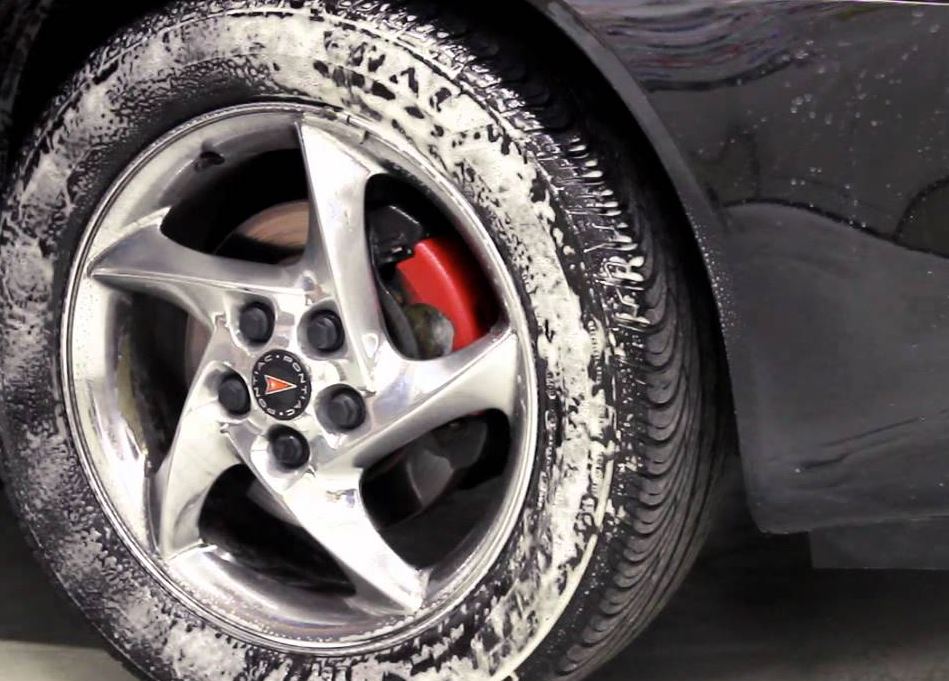
These wheels can also be hung on special hooks or stands, which are available at a good price from various online stores.
© shutterstockIf you've ever wondered if it's better to store tires vertically or horizontally, don't ask again! The answer may surprise you.
It turns out that the best way to store tires is vertically.
This ensures maximum airflow around the tire, which helps prevent rapid tire wear. There are several reasons why storing tires horizontally can be harmful:
So the next time you go to winterize your summer tires, don't forget to stand them up!
If you've ever had to change a tyre, you know it's a lot easier if the tire is still on the rim.